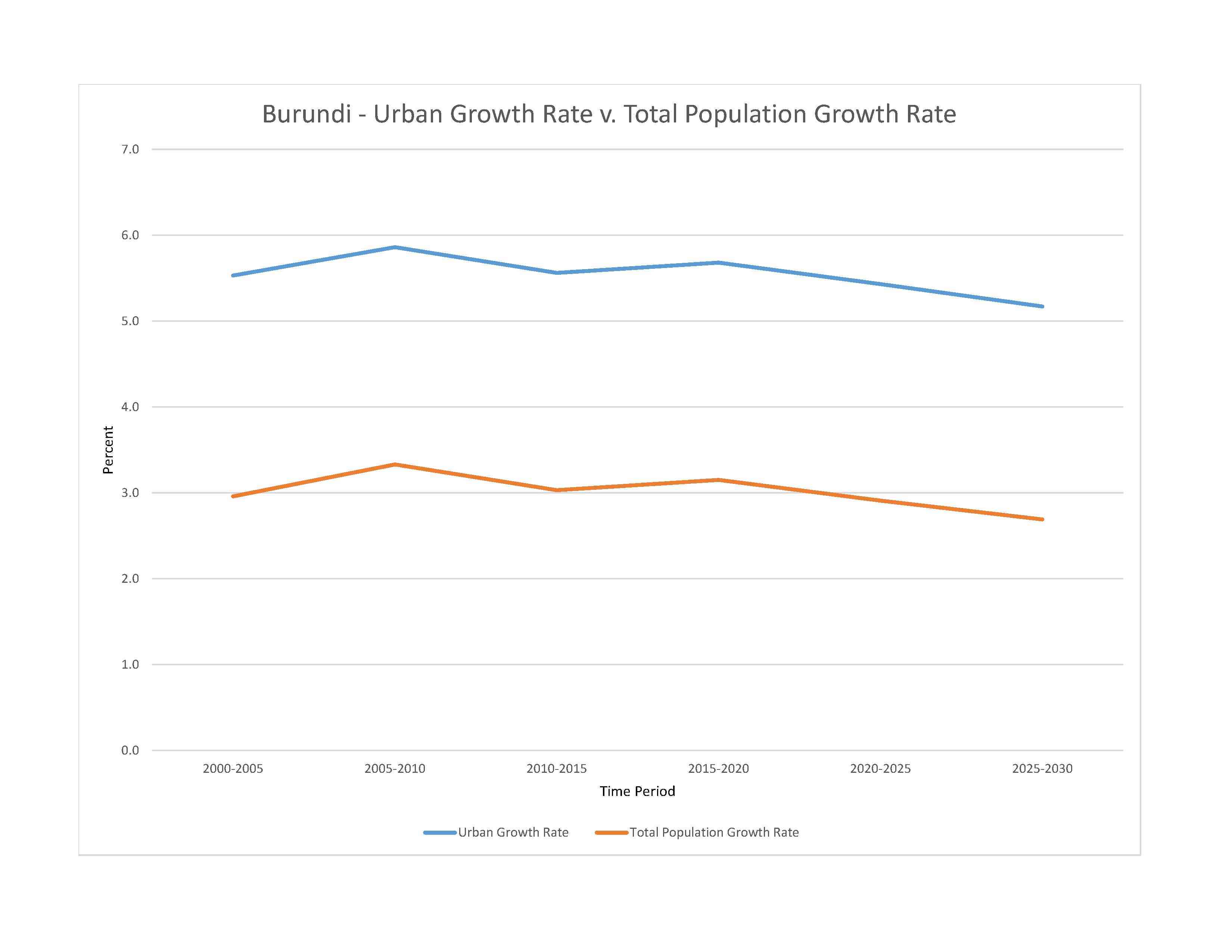
soil erosion as a result of overgrazing and the expansion of agriculture into marginal lands; deforestation (little forested land remains because of uncontrolled cutting of trees for fuel); habitat loss threatens wildlife populations
party to: Biodiversity, Climate Change, Climate Change-Kyoto Protocol, Climate Change-Paris Agreement, Comprehensive Nuclear Test Ban, Desertification, Endangered Species, Hazardous Wastes, Ozone Layer Protection, Wetlands
signed, but not ratified: Law of the Sea, Nuclear Test Ban
equatorial; high plateau with considerable altitude variation (772 m to 2,670 m above sea level); average annual temperature varies with altitude from 23 to 17 degrees Celsius but is generally moderate as the average altitude is about 1,700 m; average annual rainfall is about 150 cm; two wet seasons (February to May and September to November), and two dry seasons (June to August and December to January)
agricultural land: 73.3% (2018 est.)
arable land: 38.9% (2018 est.)
permanent crops: 15.6% (2018 est.)
permanent pasture: 18.8% (2018 est.)
forest: 6.6% (2018 est.)
other: 20.1% (2018 est.)
urban population: 14.8% of total population (2023)
rate of urbanization: 5.43% annual rate of change (2020-25 est.)

widespread lack of access:due to the effects of weather - according to the latest estimates, about 1.2 million people are estimated to be facing Crisis levels of acute food insecurity between June and September 2023, unchanged year on year; the main drivers are the lingering impact of floods in northern areas in late 2022 and high food prices due, in part, to the depreciation of the local currency (2022)
10.31% of GDP (2018 est.)
0% of GDP (2018 est.)
particulate matter emissions: 28 micrograms per cubic meter (2019 est.)
carbon dioxide emissions: 0.5 megatons (2016 est.)
methane emissions: 1.42 megatons (2020 est.)
municipal solid waste generated annually: 1,872,016 tons (2002 est.)
fresh water lake(s): Lake Tanganyika (shared with Democratic Republic of Congo, Tanzania, and Zambia) - 32,000 sq km
Atlantic Ocean drainage: Congo (3,730,881 sq km), (Mediterranean Sea) Nile (3,254,853 sq km)
municipal: 40 million cubic meters (2020 est.)
industrial: 20 million cubic meters (2020 est.)
agricultural: 220 million cubic meters (2020 est.)
12.54 billion cubic meters (2020 est.)
NOTE: The information regarding Burundi on this page is re-published from the 2024 World Fact Book of the United States Central Intelligence Agency and other sources. No claims are made regarding the accuracy of Burundi 2024 information contained here. All suggestions for corrections of any errors about Burundi 2024 should be addressed to the CIA or the source cited on each page.
This page was last modified 04 May 24, Copyright © 2024 ITA all rights reserved.